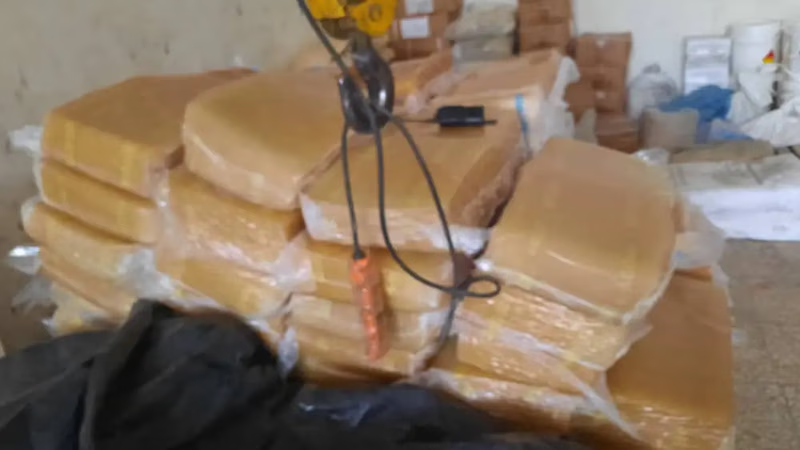
Styrene Butadiene Rubber: Versatile synthetic rubber for trade.
Styrene Butadiene Rubber (SBR) is a synthetic rubber compound that is widely used in various industries. It is a type of elastomer, which means it exhibits both elastic and rubber-like properties. SBR is a copolymer, meaning it is made by polymerizing two different monomers together: styrene and butadiene. The copolymerization process involves combining styrene and butadiene in the presence of a catalyst to form a chain of repeating units. The ratio of styrene to butadiene in the copolymer can vary, resulting in different grades of SBR with varying properties.
SBR is known for its excellent abrasion resistance, good resilience, and flexibility. It offers a balance of strength, toughness, and cost-effectiveness, making it suitable for a wide range of applications. It can be easily processed and molded into various shapes, making it adaptable for different manufacturing processes. The properties of SBR can be further modified by incorporating additives, fillers, and reinforcing agents during its formulation. These modifications can enhance specific characteristics such as heat resistance, oil resistance, or electrical conductivity, expanding its utility in different industries.
- SBR typically has a density in the range of 0.92 to 0.94 g/cm³.
- SBR generally has a hardness ranging from 50 to 90 Shore A, depending on the specific grade.
- The tensile strength of SBR can vary but is typically in the range of 10 to 25 MPa.
- SBR exhibits good elongation at break, typically ranging from 300% to 800%.
- SBR has moderate tear resistance, allowing it to withstand moderate levels of tearing or shearing forces.
- SBR offers good abrasion resistance, making it suitable for applications where wear resistance is required.
- SBR is known for its flexibility and resilience, allowing it to recover its shape after deformation.
- SBR maintains its flexibility and mechanical properties at low temperatures, making it suitable for cold environments.
- SBR has fair electrical insulation properties, but it is not typically used for applications requiring high electrical resistance.
SBR is a versatile and widely used synthetic rubber that offers a cost-effective alternative to natural rubber in many applications. Its properties and performance can be tailored to meet specific requirements, making it a valuable material in various industries. This material has the chemical formula (C4-H6) (C8H8) X with the brand name SBR. SBR is the product of styrene and butadiene monomer (Styrene & Butadiene) and dimethyl formaldehyde solvent DMF and its density is different according to its styrene. It is about 0.92 to 0.95 grams per cubic centimeter.
This polymeric material, which has a non-polar state, does not melt in the curing state. SBR is such that it burns in the flame and after burning it continues to burn. The flame color of this polymer material is yellow to orange and is slightly noisy when burning. The smoke of this white material is grayish and contains carbon particles. Styrene butadiene rubber smells like CNG and does not drip on Flame is one of its features. It should be noted that when up to 50% of butadiene and styrene copolymer are butadiene, it is called SBR. Typically, 70 to 75% of the composition of monomers, is butadiene and 25 to 30% of it is styrene. Now, for whatever reason, the styrene ratio reaches more than 50%, the formed product will be strongly plastic, which is used in the production of leachate paints, or in other words, latex.
-

Styrene Butadiene Rubber (SBR) is a synthetic elastomer made from the copolymerization of styrene and butadiene. Its properties can be tailored by adjusting the ratio of these monomers, resulting in various grades suitable for diverse applications. SBR is known for its excellent abrasion resistance, flexibility, and resilience, making it ideal for industries requiring durable materials. The typical density of SBR ranges from 0. 92 to 0. 94 g/cm³, with hardness varying between 50 to 90 Shore A. Its tensile strength generally falls between 10 to 25 MPa, and it exhibits elongation at break from 300% to 800%. SBR maintains its mechanical properties even in low temperatures and offers moderate tear resistance.
While it has fair electrical insulation properties, it is not recommended for high-resistance applications. The versatility of SBR allows for modifications through additives and fillers to enhance specific characteristics like heat or oil resistance. This adaptability makes SBR a cost-effective alternative to natural rubber across various sectors.
-
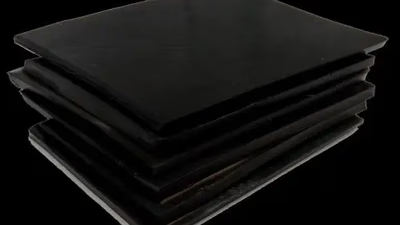
West Asia"s rich reserves of crude oil and natural gas provide a competitive edge in the production of Styrene Butadiene Rubber (SBR). The region boasts a well-established petrochemical industry, supported by significant investments in infrastructure and production facilities. Key players like SABIC, NPC, Petro Rabigh, IBR, and GPIC dominate the SBR market, leveraging local resources to cater to both domestic and international demands. Governments in West Asia recognize the economic significance of this sector and offer incentives to stimulate growth, including tax benefits and infrastructure development. This strategic support has led to the establishment of numerous SBR manufacturing facilities aimed at diversifying product portfolios beyond crude oil exports. The geographical advantage of West Asia facilitates efficient logistics for exporting SBR to major markets across Asia, Europe, and Africa. As global demand for synthetic rubbers rises—driven by industries such as automotive and construction—West Asia is positioned as a crucial supplier. The region not only meets local needs but also serves as a vital hub for international trade in SBR. "
-
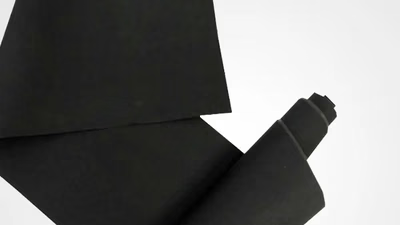
Natural rubber and styrene butadiene rubber (SBR) differ significantly in origin and properties. Natural rubber is sourced from the sap of the Hevea brasiliensis tree, making it a renewable resource, while SBR is a synthetic product derived from petroleum through polymerization. Both materials are elastomers, exhibiting flexibility and the ability to return to their original shape after deformation. However, SBR can be processed more easily and has superior heat resistance compared to natural rubber. The cost-effectiveness of SBR makes it a popular choice in various industries, including automotive and construction. Natural rubber excels in elasticity and resilience, making it ideal for high-performance applications like tires and seals. Both types can be modified with fillers and additives to enhance specific properties such as abrasion resistance and tear strength. Environmental implications also differ; natural rubber is more sustainable due to its renewable nature, while SBR"s production has a higher environmental impact.
Ultimately, the choice between natural rubber and SBR depends on the specific requirements of the application, including performance needs, cost considerations, and environmental factors. "
-
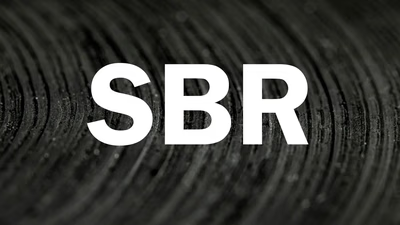
The automotive industry, particularly tire manufacturing, is the largest consumer of Styrene Butadiene Rubber (SBR), utilizing it for its essential properties such as abrasion resistance and durability. SBR is crucial in producing tires, accounting for approximately 70% of its consumption. This polymer enhances tire performance by providing better grip and wear resistance, ensuring safety on the road. Beyond tires, SBR is also used in various applications including footwear, conveyor belts, adhesives, and construction materials due to its flexibility and resilience. The demand for SBR is closely linked to the growth of the automotive sector globally, as it supports the production of passenger vehicles and commercial trucks. Despite having lower mechanical properties compared to natural rubber (NR), SBR"s cost-effectiveness and availability make it a preferred choice in many industries. Its versatility allows it to be utilized in products ranging from shoe soles to industrial hoses, highlighting its significance in both consumer and industrial markets. "
-
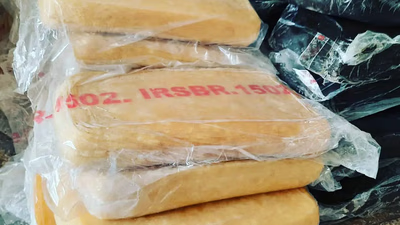
SBR (Styrene Butadiene Rubber) requires careful handling during transportation and storage to maintain its quality. It is typically transported in bulk containers, such as bags or drums, and should be protected from moisture, contamination, and physical damage. Ideal storage conditions include a clean, dry environment with temperatures below 25°C (77°F) to prevent degradation. Proper ventilation is essential to avoid mold growth, while exposure to direct sunlight and extreme temperatures must be minimized. During loading and unloading, care should be taken to prevent spills or damage. SBR should be stored away from reactive substances like acids and oils to avoid contamination. Implementing an inventory management system that follows the FIFO principle helps ensure older stock is used first. Regular inspections are necessary to monitor for signs of degradation or damage.
Compliance with local regulations regarding the transportation and storage of SBR is crucial for risk management. Petroleum traders can expand their offerings by including SBR in their product portfolio, catering to a wider customer base while ensuring safe logistics practices are followed.
-
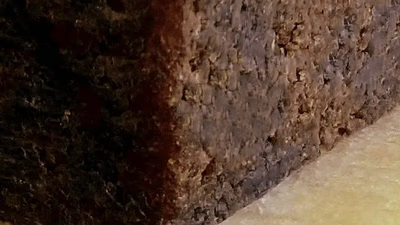
SBR, or Styrene Butadiene Rubber, is a synthetic rubber known for its versatility and cost-effectiveness. By adjusting the styrene-to-butadiene ratio and incorporating various additives, SBR can be tailored to meet specific application needs across diverse industries. Its favorable properties include good tensile strength, flexibility at varying temperatures, and resistance to abrasion, making it suitable for applications in tire manufacturing, footwear, and construction materials. SBR is also relatively inexpensive due to the availability of its raw materials. However, it has limitations such as low resistance to hydrocarbon solvents and certain environmental factors. Safety precautions are necessary when handling SBR to avoid skin contact and inhalation of dust. Despite these disadvantages, SBR"s compliance with regulatory standards enhances its appeal in global markets. The ability to customize SBR"s properties allows businesses in the Middle East and West Asia to leverage this material effectively within their supply chains.






